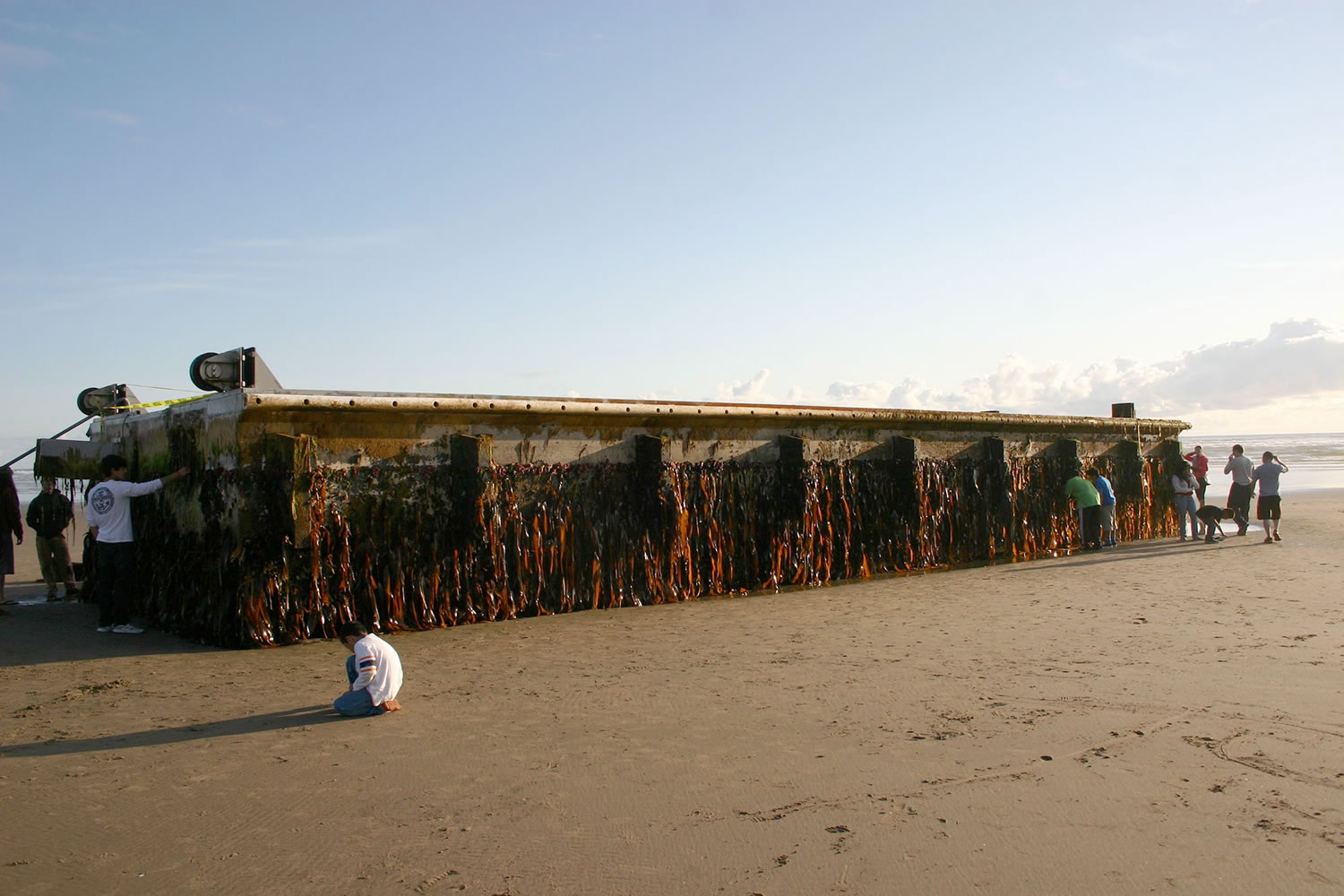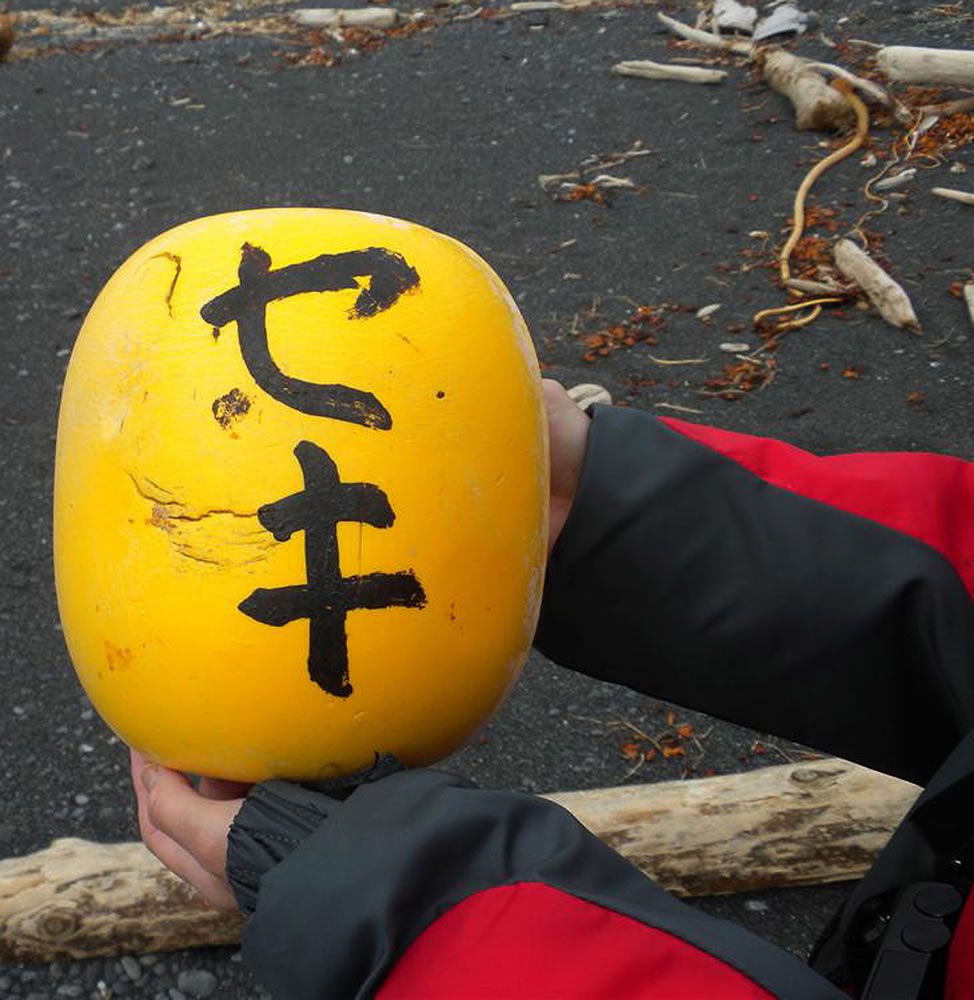JUNEAU, Alaska — More than a year after a tsunami devastated Japan, killing thousands of people and washing millions of tons of debris into the Pacific Ocean, the U.S. government and West Coast states don’t have a cohesive plan for cleaning up the rubble that floats to American shores.
There is also no firm handle yet on just what to expect.
The Japanese government estimates that 1.5 million tons of debris is floating in the ocean from the catastrophe. Experts are not clear how much will ever reach shore.
“I think this is far worse than any … environmental disaster we’ve faced on the West Coast” in terms of the debris’ weight, type and geographic scope, said Chris Pallister, president of a group dedicated to cleaning marine debris from the Alaska coastline.
David Kennedy, assistant administrator for the National Oceanic and Atmospheric Administration’s National Ocean Service, told a U.S. Senate panel last month that in most cases debris removal decisions will fall to individual states. Funding isn’t determined.






